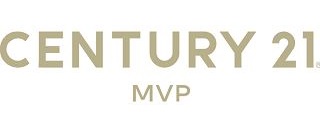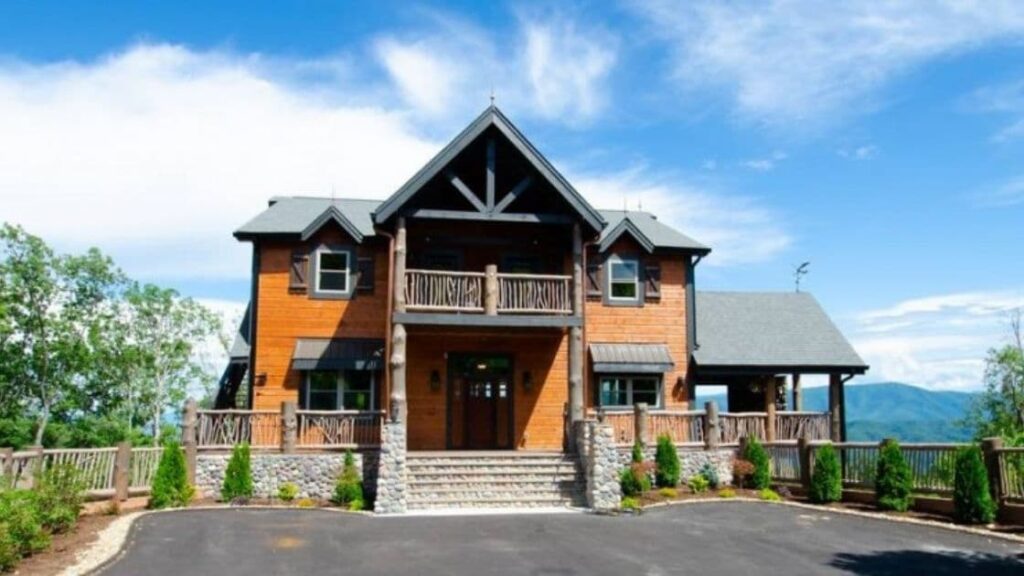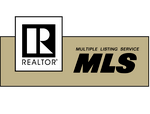What to Expect when Financing your Vacation Home.
It is very similar to financing your primary residence. But there are some differences; let me share a few.
The first thing you may notice is that the mortgage rates are a bit higher for investment properties than for the home you live in. Sometimes the rate for your second home will be very close to or even the same as your primary home.
You will need to work with a lender to see if your vacation cabin will qualify as a second home for you. They will each have their own guidelines. A cabin is a home to a lender. Sometimes, you will find a lender unfamiliar with our vacation cabins. They imagine a vacation cabin as a “hunting lodge” or something similar to a KOA camping cabin. In this case, you might want to send them the MLS brief on the property. If they still struggle to relate, it is best to move on to another lender.
Generally, vacation cabin investment mortgages are about 0.5% to 1% higher than market rates. For a second home or vacation home, they’re only slightly higher than the rate you’d qualify for on a primary residence. It will be important to determine what category the lender will use to qualify your cabin as you begin the process. It will be partly determined by properties and mortgages you already have in place, so be ready with all the details.
Of course, investment property and second home mortgage rates still depend on the same factors as primary home mortgage rates. Yours will vary based on the market, your income, credit score, etc.
If your financial situation has changed since you bought your first home, your new mortgage rate might vary by a wider margin than the average variance.
Second home mortgage rates and rules
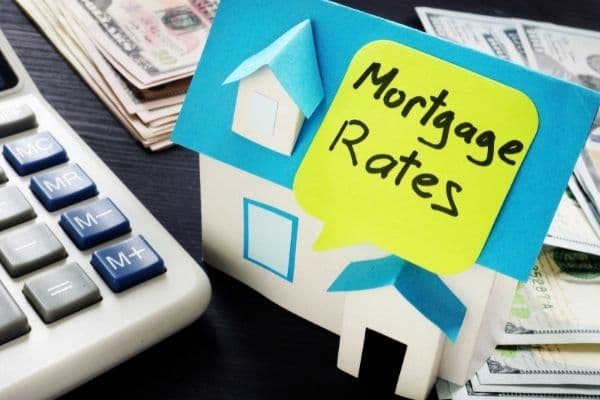
Most lenders allow a vacation or second home to be used by you, your family, and friends for part of the year and rented for the remainder. You will want to clarify that with them. You do not want to get a loan that restricts your use if that is a primary goal. Your tax accountant should also be consulted.
Many of our clients want to claim visiting their investment property as a tax write-off. They do this by documenting their visits to the cabin and the work they did while visiting, including cleaning or refreshing something. They are then able to write off the visit as well as remove it from “personal stays.” Our best owners come each season and constantly “tweak” their cabin to be an awesome place to stay. Many times it is just a lamp in just the right place, a rug where cold feet need it, a chair in the bedroom by the fireplace, a set of hooks in the bathroom right where you want to hang your clothes before stepping in the shower, etc. These are all small improvements that you only notice if you stay in your cabin.
Guests appreciate it! Which helps you pay the mortgage that we have been talking about.
The down payment is usually 10% or more for a second home and 25%- 30% for an investment home.
If your application isn’t as strong (say you have a lower credit score or smaller cash reserves), a lender can overcome that by asking you for additional money down.
Your credit score needs to be 640 or higher. Lenders, of course, will vary on this. Nevertheless, they are generally looking for stronger borrowers for an investment home.
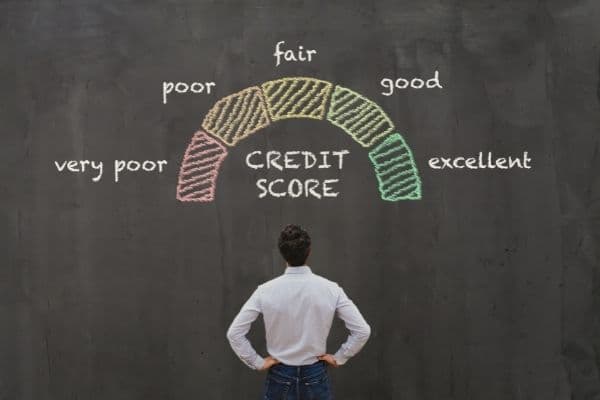
Be ready when you call a lender with your financials. It is good to have already pulled your credit and checked to make sure it is accurate.
You will need all bank and financial accounts, credit cards, any other loans balances; basically all your assets and all your debts.
You have probably heard that allowing your credit to be pulled lowers your credit score. This is true, so do not go car shopping and allow your credit to be pulled repeatably. However, credit reporting agencies understand that there will be a few credit pulls when you are shopping for a mortgage, so they usually account for this. If you go ahead and pull your credit yourself and have your scores, you will be ahead of the game. You can give these scores to the lenders as you shop to avoid multiple credit pulls, but of course, they will have to confirm after you choose them.
As you prepare to buy a second home, schedule your purchasing so that you do not have any large purchases appear during the process. Lenders become very conservative while your file is being processed. Sometimes a buyer will want to go ahead and purchase furniture for the new vacation home. Stop! Don’t until the ink is dry on the closing papers!
Basically, it is the same as applying for a primary home mortgage, only just a little more detailed.
You want to do all this before you shop for a property. Nothing is more discouraging than falling in love with a vacation home that is not within your budget. Once you have spoken to a lender, they will give you the range they are willing to lend on and the basic terms. With this, you can understand the financial strength of the property you are considering by factoring in the mortgage payment.
Now you are ready to start looking!
Want to be notified when there is a new blog post and receive other information and tips about real estate in the Smoky Mountains? Sign up for my newsletter using the form below and stay up to date!
Newsletter Signup
Sign up for my newsletter and stay up to date on real estate in the Smoky Mountains!
Thank you!
You have successfully joined our subscriber list.
